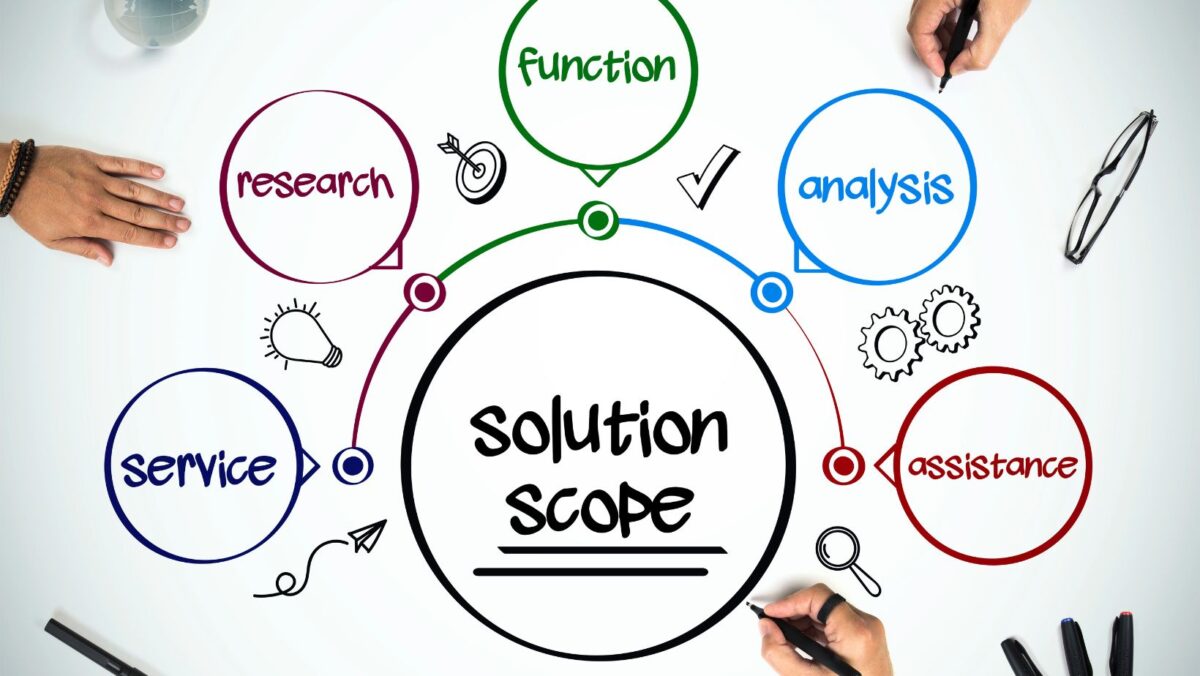How Can You Improve Upon a Design Solution?
Improving upon a design solution can be a challenging task, but with the right approach and mindset, it is definitely achievable. As a designer, I have encountered numerous instances where the initial solution didn’t quite meet the desired outcome or failed to address certain user needs. In such situations, it becomes crucial to reassess and iterate on the design to make it better.
One effective way to improve upon a design solution is through user feedback and testing. By involving users in the process and gathering their insights, we can gain valuable information about what works and what doesn’t. This feedback allows us to identify areas of improvement and make necessary adjustments to enhance usability and overall user experience.
Additionally, seeking inspiration from other successful designs can also contribute to improving our own solutions. Analyzing well-designed products or interfaces helps us understand the principles behind their success and apply them in our own work. It’s important not to copy directly but rather use these inspirations as a starting point for generating fresh ideas that align with our specific project goals.
Understanding the Design Problem
When it comes to improving upon a design solution, one of the crucial steps is understanding the design problem itself. This initial phase lays the foundation for developing an effective and innovative solution. So, how can we gain a comprehensive understanding of the design problem?
- Research, research, research: To truly grasp the intricacies of a design problem, extensive research is essential. This involves gathering relevant information from various sources such as market trends, user feedback, case studies, and competitor analysis.
- Define clear goals and objectives: Once we have gathered sufficient information through research, it’s important to define clear goals and objectives for our design solution. This helps us stay focused on addressing specific pain points and ensures that our efforts are aligned with what users actually need.
- Empathize with users: Understanding the perspective of the end-users is vital in creating successful designs. By putting ourselves in their shoes and empathizing with their experiences and challenges, we can identify areas where improvements can be made.
- Collaborate with stakeholders: Collaboration with stakeholders such as clients, developers, marketers, or other experts in related fields is crucial to gaining a holistic understanding of the design problem.
- Analyze existing solutions: Examining existing solutions within the same domain allows us to learn from successes as well as failures in order to create something better.

Brainstorming Creative Ideas
When it comes to improving upon a design solution, one of the key steps is brainstorming creative ideas. This phase allows me to explore different possibilities and think outside the box. Here are some strategies I use to make the most of my brainstorming sessions:
- Create a conducive environment: I find that setting up a comfortable and inspiring space helps stimulate my creativity. Whether it’s a quiet room with soft lighting or an outdoor setting surrounded by nature, finding an environment that sparks my imagination is crucial.
- Gather a diverse team: Collaborating with individuals from various backgrounds and expertise can bring fresh perspectives to the table. By including people who think differently, we can generate a wider range of ideas and uncover innovative solutions.
- Embrace quantity over quality: During brainstorming, it’s important not to filter or judge ideas too quickly. Instead, I focus on generating as many ideas as possible without worrying about their feasibility or practicality at this stage.
- Encourage wild ideas: Sometimes the most outlandish concepts can lead to breakthroughs in design thinking.
- Use visual aids and sketches: Visualizing concepts through sketches, diagrams, or mood boards can help me better understand and communicate my ideas. It also allows me to spot connections between different elements and refine my designs more effectively.
- Incorporate structured techniques: While keeping an open mind is important during brainstorming, structured techniques like mind mapping, SCAMPER (Substitute-Combine-Adapt-Modify-Put to another use-Eliminate-Rearrange), or SWOT analysis can provide frameworks for generating focused ideas.
- Take breaks and revisit later: Stepping away from the brainstorming process for a while can offer fresh perspective when I return with renewed energy and clarity of thought.
By incorporating these strategies into my brainstorming sessions, I can enhance the quality and diversity of ideas, leading to more refined and innovative design solutions. Remember, the goal is not just to come up with one perfect idea but to explore a multitude of possibilities that can be shaped into an exceptional final product.

